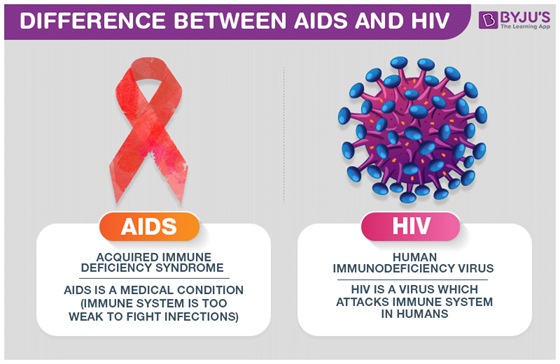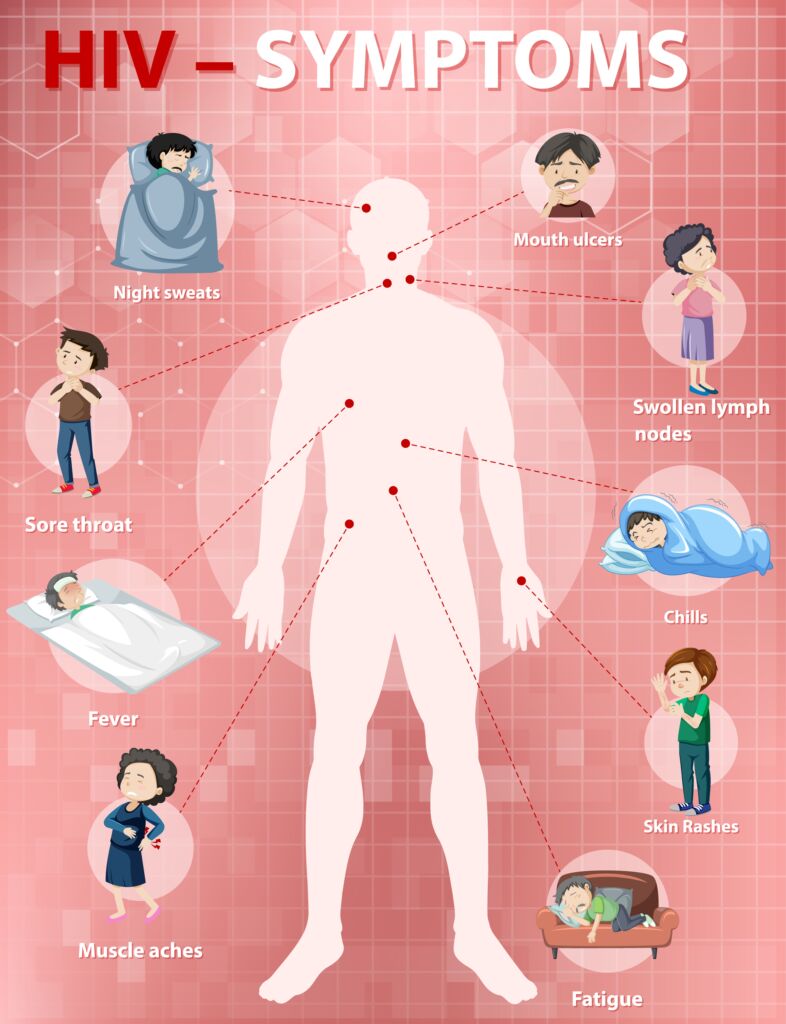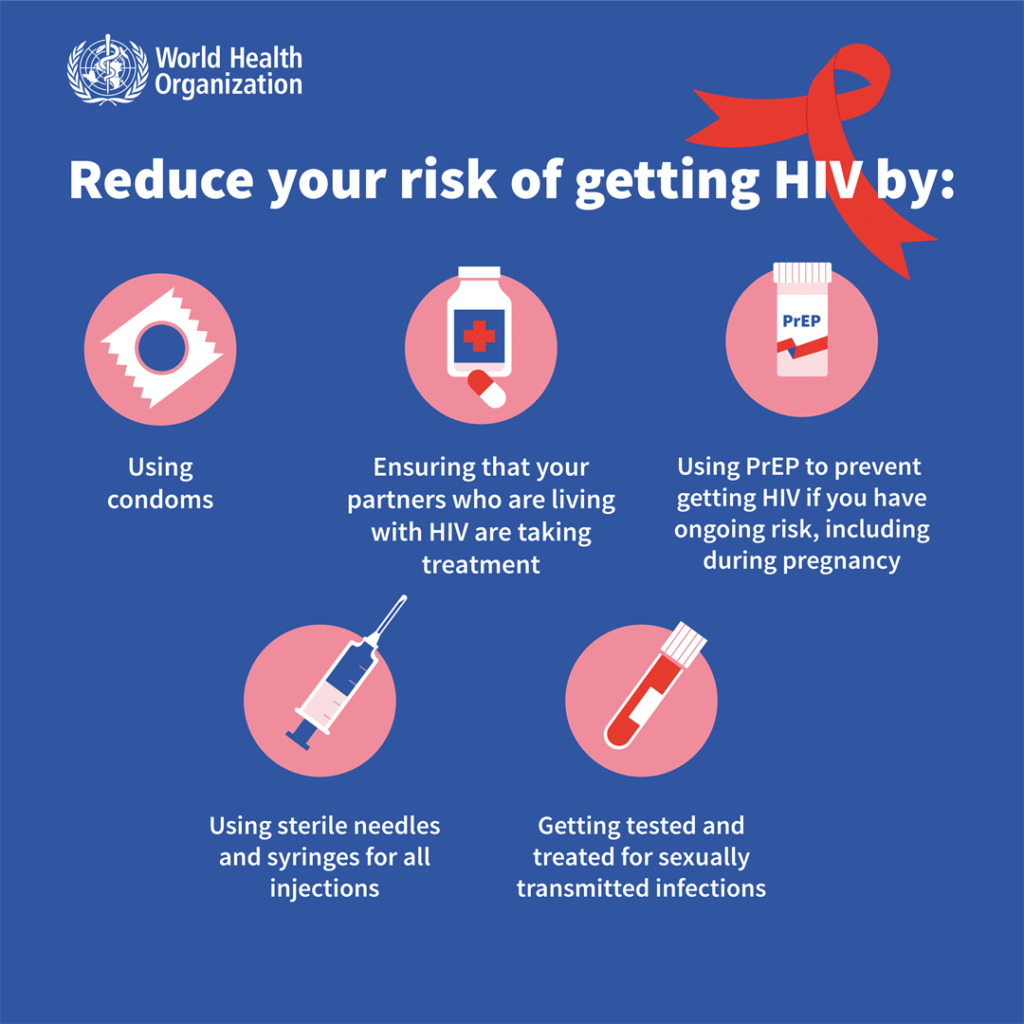A good day, everyone out here!
HIV and AIDS are taboo topics of discussion. Let’s face it – it is neither offensive, forbidden nor distasteful. It is ignorance that leads to myths & misconceptions: and uninformed & misinformed members of the public end up living in bondage and fear.
This article is meant to create awareness and to clarify certain misconceptions about AIDS and HIV.
Stigma & Discrimination
We should stop believing that only certain groups of people can get HIV. As we go round stereotyping HIV patients, we are actually making wrong moral judgments against people who take steps to prevent HIV transmission. Never discriminate and stigmatise this group of people. If you think that people deserve to get HIV because of their choices, you are certainly no difference from those who go round slurring or defaming others. Many out there are innocent parties who are infected with HIV through no faults of their own.
Leaving a stigma and discriminating against a person living with HIV comes in many forms:
- A health care professional refusing to provide care or services to the patient.
- Refusing casual contact with someone living with HIV.
- Socially isolating a member of a community because they are HIV positive.
HIV stigma and discrimination affect the emotional well-being and mental health of people living with HIV. People living with HIV often internalize the stigma they experience and begin to develop a negative self-image. They may fear they will be discriminated against or judged negatively if their HIV status is revealed.
“Internalized stigma” or “self-stigma” happens when a person takes in the negative vibes and stereotypes about people living with HIV and start to apply them to themselves. This can lead to feelings of shame, fear of disclosure, isolation, and despair. They will eventually avoid testing and treatment for HIV.
What exactly are HIV and AIDS

HIV (human immunodeficiency virus) is a small infectious virus that attack cells responsible to fight infection in our body, causing an individual to be more vulnerable to other infections and disease.
AIDS (acquired immunodeficiency syndrome) is the most severe phase of HIV infection when one’s body is too weak to fight against infections. This is when HIV has depleted the number of CD4 cells to below 200, allowing opportunistic infections (infections that target a compromised immune system) to arise in a person.
The good news is that if you have HIV, it is not necessary that you have AIDS.
Transmission

HIV is transmitted via direct contact with specific body fluid from an individual with detectable viral load. These fluids are: – blood, semen, pre-seminal fluid, rectal fluids, vaginal fluids and breast milk.
Mode of transmission
- Sexual – having vaginal or anal sex without using condom
- Parenteral – sharing injection drug equipment such as needle or through blood transfusion (less likely)
- Perinatal – HIV can be transmitted from mother to her baby during pregnancy, birth or breastfeeding.
HIV is not transmitted through the air, saliva, sweat, tears, mosquitoes or other insects and by hugging or shaking hands.
Stages of HIV
Stage 1: Acute HIV
Within 2 to 4 weeks after infected with HIV, you may experience flu like symptoms.
If you think you may have exposed to HIV, get an HIV test. Know your status – you are at very high risk of transmitting HIV to others when you are in the early stage of infection
Stage 2: Clinical Latency
– Virus still multiply in this stage but a very low level
– Patient may not feel sick or having any symptoms
– can be called chronic HIV infection
– If antiretroviral drugs (ART) are taken every day, can protect your health and have low risk of transmitting HIV to your sexual partner
Stage 3: AIDS
The virus weaken your body’s immune system and will progress to AIDS if you are not on ART treatment.
Symptoms of AIDS can include:

- Rapid weight loss
- Recurring fever or profuse night sweats
- Extreme and unexplained tiredness
- Prolonged swelling of the lymph glands in the armpits, groin, or neck
- Diarrhoea that lasts for more than a week
- Sores of the mouth, anus, or genitals
- Pneumonia
- Red, brown, pink, or purplish blotches on or under the skin or inside the mouth, nose, or eyelids
- Memory loss, depression, and other neurologic disorders
- Due to weakened immune systems, severe disease could developed such as Pneumocystis pneumonia, Candidiasis, Tuberculosis. Cryptococcal meningitis, Toxoplasmosis and cancers such as Lymphoma, Kaposi sarcoma, HPV related cancer
Treatment
Currently HIV cannot be cured. However a combination of three or more antiretroviral drugs (ART) is able to highly suppress viral replication in the body allowing their immune system to recover and strengthen. This enables the patient to fight off opportunistic infections and some cancers. In Malaysia, all individuals above 18 years old with HIV, regardless CD4 count are recommended to start ART.
Prevention

- Limiting the exposure of risk factors
- Male and female condom use
- Testing and counselling for HIV and STDs testing and counselling for linkages to tuberculosis care
- Voluntary medical male circumcision
- Use of antiretroviral drugs for prevention
- Harm reduction for people who inject and use drugs
- Elimination of mother-to-child transmission of HIV
In conclusion, the awareness of HIV and AIDS is of paramount importance to every layman. No doubt it is a critical disease but being able to differentiate between facts and fallacies can help us to allay unnecessary fears. When the public are well-informed, cases of stigmatisation and discrimination will become less. This in turn will encourage more people who are afflicted with HIV or AIDS to come out to seek treatment. Let’s chin up! All is not lost for our dear ones who are infected. We can do our parts by giving them the emotional and spiritual support besides providing them with the correct information.
Useful Links : https://cleadoc.com
References:
- Centre of disease control and prevention, https://www.cdc.gov/hiv/basics/hiv-stigma/index.html
- World Health Organization, https://www.who.int/news-room/fact-sheets/detail/hiv-aids
- National Health Service UK, https://www.nhs.uk/conditions/hiv-and-aids/
- HIV.gov , https://www.hiv.gov/hiv-basics/overview/about-hiv-and-aids/symptoms-of-hiv
- Ministry of Health Malaysia (2017) Malaysian Consensus Guidelines on Antiretroviral Therapy 2017

